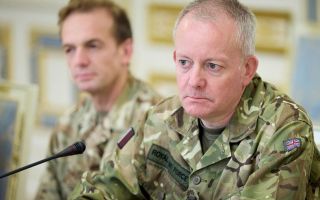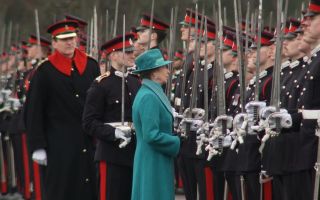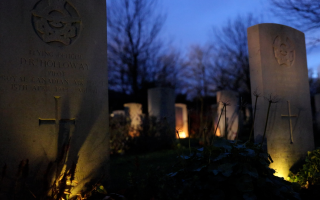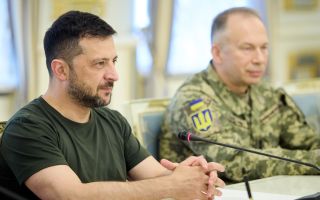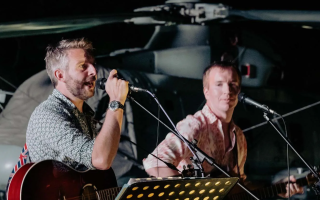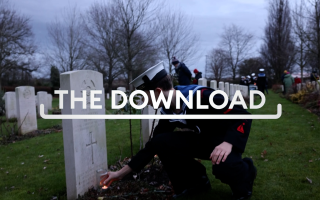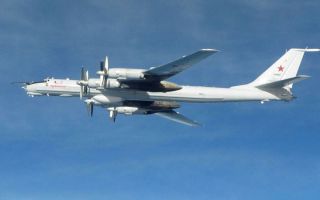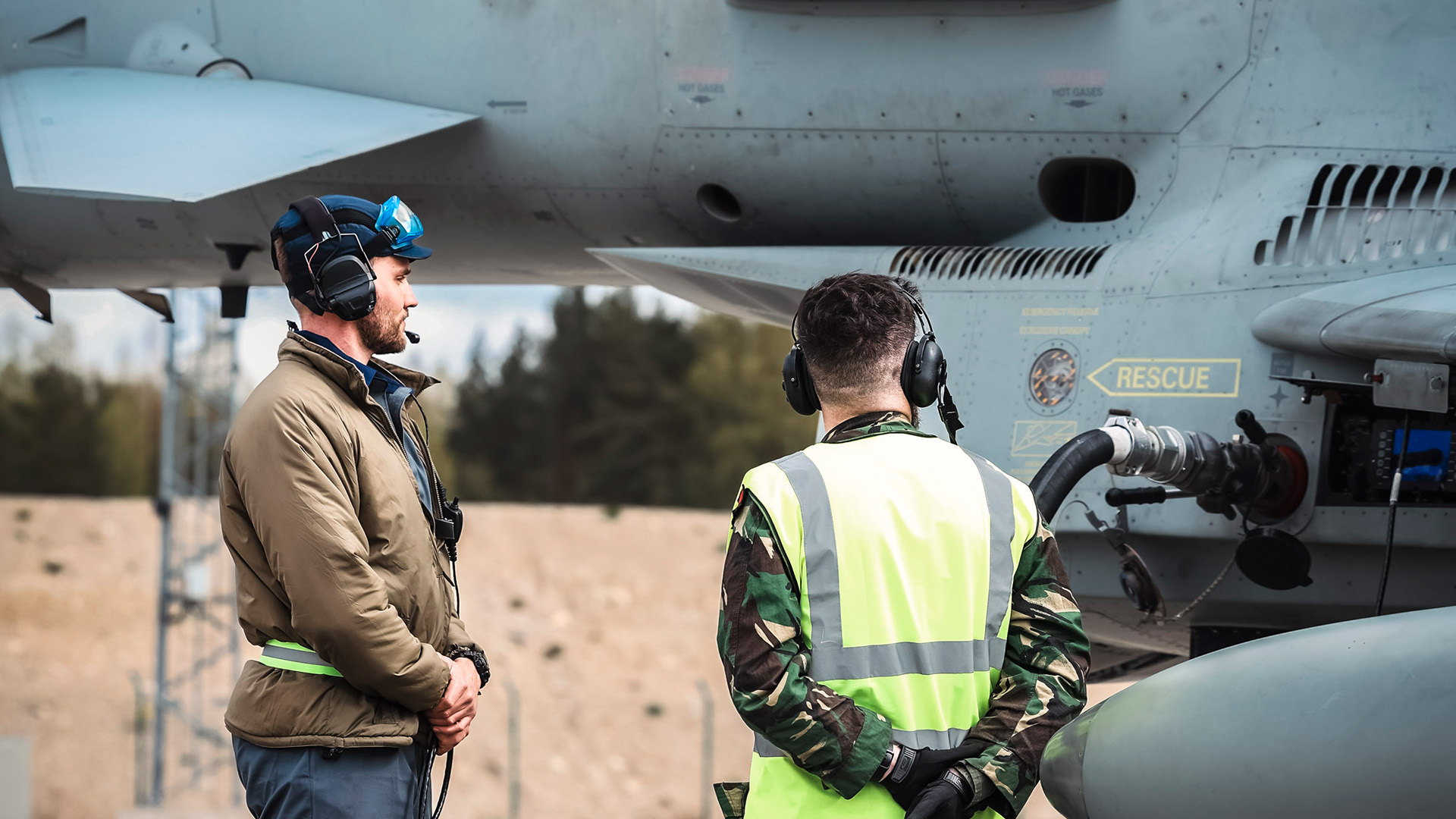
Typhoon pilots stay in the cockpit as RAF practises hotpit refuelling with Nato allies

RAF ground crews with 140 Expeditionary Air Wing have been conducting hotpit refuelling training with their Portuguese and Estonian colleagues at Ämari Air Base in Estonia.
The drills focused on refuelling the Typhoons used by both Lisbon and Tallinn in the technique.
Hotpit refuelling is when an aircraft is refuelled after landing with the engines still running.
- £300m contract will see 140 RAF and Navy aircrew trained up with latest tech
- Exercise tests RAF's ability to secure the ground to project power in the air
- UK and Germany commit to procuring torpedoes and new long-range strike weapon
The process decreases ground time, improves reliability, and allows operations away from main operating bases.
How does hotpit refuelling work?
Hotpit refuelling is a process that enables the aircraft to get back into action as quickly as possible.
Personnel take fuel from the fuel bladders and pump it into the jet, using a generator to create pressure that will be put through the pump.
The pressure created by the generator causes the fuel to be transferred from the fuel bladder through the filter water separator, hoses, and into the aircraft.
Safety is a key element in hotpit refuelling because the ground crew are manipulating a large amount of fuel.
The quick turnaround times also raise the safety risk of doing any hotpit refuelling when on deployment.

